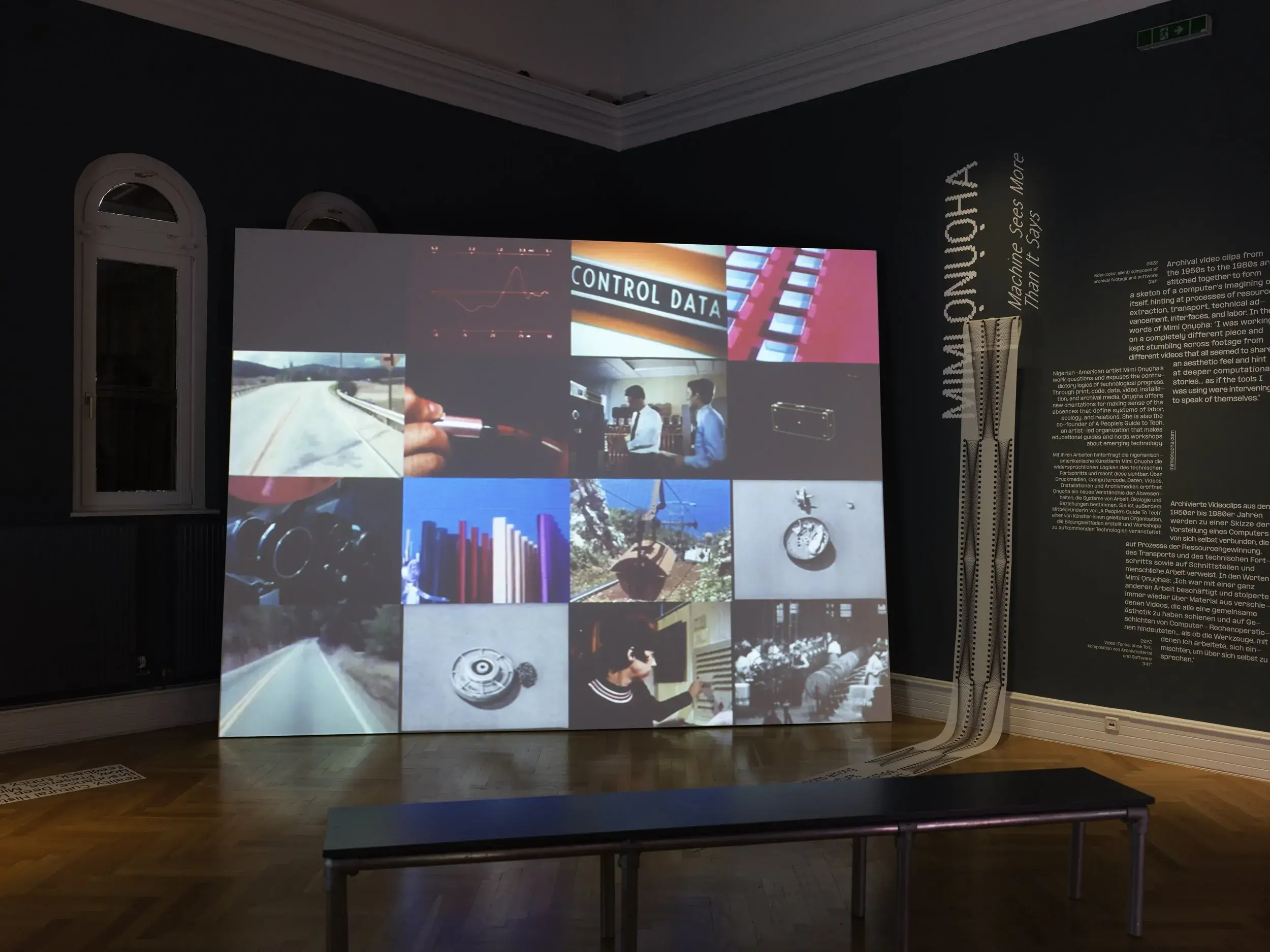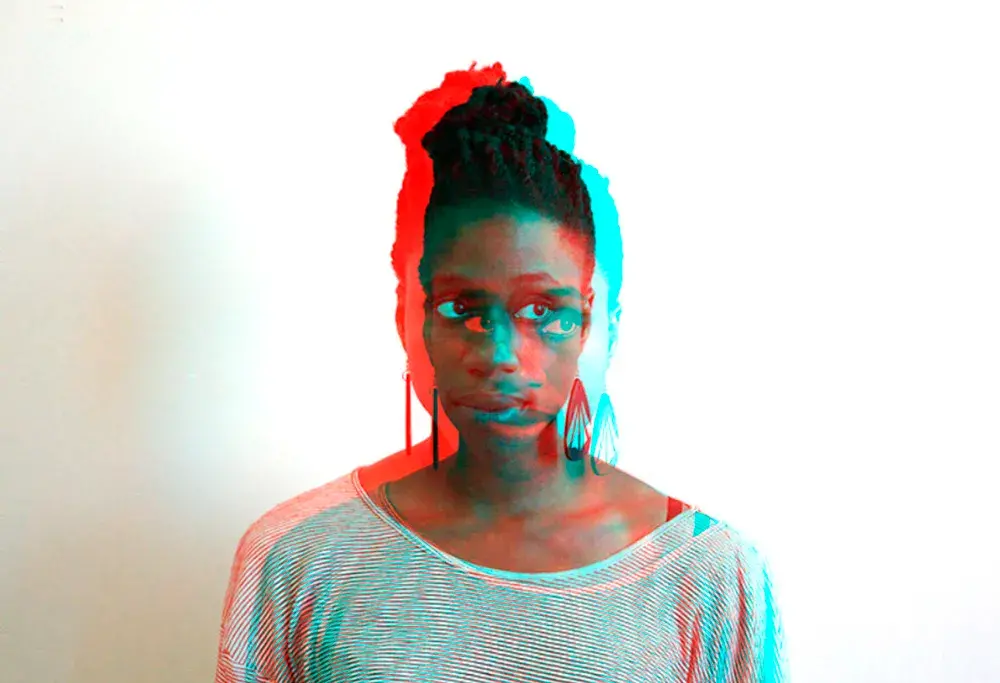Mimi Ọnụọha: "What Is Missing Is Still There"

Mimi Ọnụọha: "What Is Missing Is Still There"
Exhibition: August 22- October 27, 2025
To collect is to care. Institutions, states, and individuals gather, classify, and arrange data. The information they collect implies interest and investment in those elements, if not necessarily good intentions. What is left out, however, is just as telling. Artist Mimi Ọnụọha searches for omissions in our data-saturated world. She seeks meaning in what has been overlooked, ignored, or buried. Her multi-media artistic practice—spanning sculpture, documentary film, code, and video installation—finds patterns in the absences and highlights other forms of knowing that exceed quantification. “If something is always missing,” she writes, “it means there is a spectre of a different kind of world with different kinds of priorities.” Depending on how it is marshalled, data can be revelatory, or it can support various untruths, write counter-histories, or establish alternative facts. Ọnụọha’s speculative work in data science, art, and AI opens space for questions in a world shaped by extraction and exclusion.
Ọnụọha is a 2025-2026 Visiting Artist at The Ohio State University. August 22 through October 27, 2025, a survey of Ọnụọha’s recent work will appear across Columbus, at The Wexner Center for the Arts, The Columbus Museum of Art, The Ohio State University Campus (see map), and Orange Barrel Media screens throughout the city. Ọnụọha’s work centers acts of discovering and uncovering data. This exhibition mirrors that method. Her work will pop up, appear, and disappear amid the informational flows of the university and city. Viewers will encounter it in expected and unexpected places.
What Is Missing Is Still There features work made over the last six years. In addition, Ọnụọha will discuss her brand-new film, Ground Truths, as part of a conversation at The Wexner Center for the Arts on October 9 between the artist and Dr. Simone Browne. Prompted by the discovery of a mass grave in her hometown, the docufiction film is a dramatized retelling of Ọnụọha’s creation of a statistically sound but subjectively loaded machine learning model to predict the locations of other mass graves in her home state. As a fine-tuned consideration of the boundaries of what a group can let itself know, the film extends Ọnụọha’s practice of engaging with the emotional, structural, and technological textures of absence.
Biography
Nigerian-American artist Mimi Ọnụọha (b. 1989, Italy) creates work that questions and exposes the contradictory logics of technological progress. Through print, code, data, video, installation, and archival media, Ọnụọha offers new orientations for making sense of the seeming absences that define systems of labor, ecology and relations.
Ọnụọha's solo exhibition credits include the Victoria and Albert Musuem (UK) and bitforms Gallery (USA). Her work has been featured at the Whitney Museum of Art (USA), the Australian Centre for Contemporary Art (AUS), Mao Jihong Arts Foundation (China), La Gaitê Lyrique (France), Gropius Bau (Germany), The Photographers Gallery (UK), and Espaço Cultural Futuros Arte e Tecnologia (Brazil) among others. Her public art engagements have been supported by Akademie der Kunst (Germany), Le Centre Pompidou (France) the Royal College of Art (UK), the Rockefeller Foundation (USA), and Princeton University (USA). Ọnụọha earned her MPS from NYU Tisch's Interactive Telecommunications Program, where she has taught as an Assistant Professor. She is a Creative Capital and Fulbright-National Geographic grantee. She is also the Co-founder of A People's Guide To Tech, an artist-led organization that makes educational guides and workshops about emerging technology.
This exhibition and related events are sponsored by:
The Office of the Vice Provost for the Arts, The Ohio State University
The Global Arts + Humanities
Orange Barrel Media
The Wexner Center for the Arts
Columbus Museum of Art
Knowlton School of Architecture
The Translational Analytics Data Institute (TDAI)
Department of Theater, Film, and Media Arts
Department of History of Art
Organized by Kelly Kivland (Michigan Central) and Kris Paulsen (History of Art, Ohio State University)



